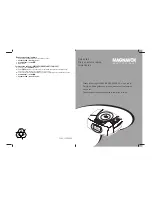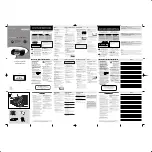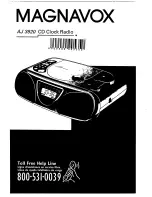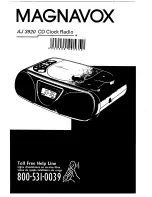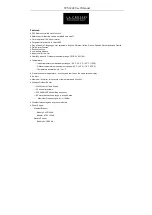
Interface
E1 Spread Spectrum Radios
5-6
Figure 5-9 IDU Type: nXE1
A3.
Code: AMI/HDB3
(as in A3 display, press
Ź
)
Display the code used. After pressing the
OK
button, use the
Right/Left
button to choose either of the two
codes: AMI or HDB3.
Note:
AMI Code
Ш
AMI (Alternate Mark Inversion) is a synchronous clock encoding technique which uses bipolar pulses to
represent logical 1 value. A logical 0 is represented by no symbol and a logical 1 by pulses of alternating
polarity.
Example of AMI encoding:
The pattern of bits " 1 0 0 0 0 1 1 0 " encodes to "+ 0 0 0 0 - +
Note:
HDB3
Ш
HDB3 (High Density Bipolar Order 3 Encoding) is based on Alternate Mark Inversion (AMI), but extends
this by inserting violation codes whenever there is a run of 4 or more 0's. This and similar (more complex)
codes have replaced AMI in modern distribution networks. The purpose of this is to prevent long runs of
0's in the data stream, sometimes called a "run length limited" code. Encode any pattern of more than
four bits as B00V, where B is a balancing pulse. The value of B is assigned as + or - , so as to make
alternate "V"s of opposite polarity. The receiver removes all Violation pulses, but in addition a violation
preceded by two zeros and a pulse is treated as the "BOOV" pattern and both the violation and balancing
pulse are removed from the received bit stream. This restores the original bit stream.
HDB3 is one of CCITT’s recommended uses.
For example: switching E1 transmitted HDB3 code to AMI code
1. Enter
IDU Info/Code
: sub-menu. Press
OK
.
Figure 5-10 Code:HDB3/AMI
2. Press the
Right/Left
button to change HDB3 to AMI. Press
OK
.
Содержание E1
Страница 1: ...1 ...
Страница 26: ...Product Description E1 Spread Spectrum Radios 4 10 Figure 4 12 Data Port Settings 4 ...































